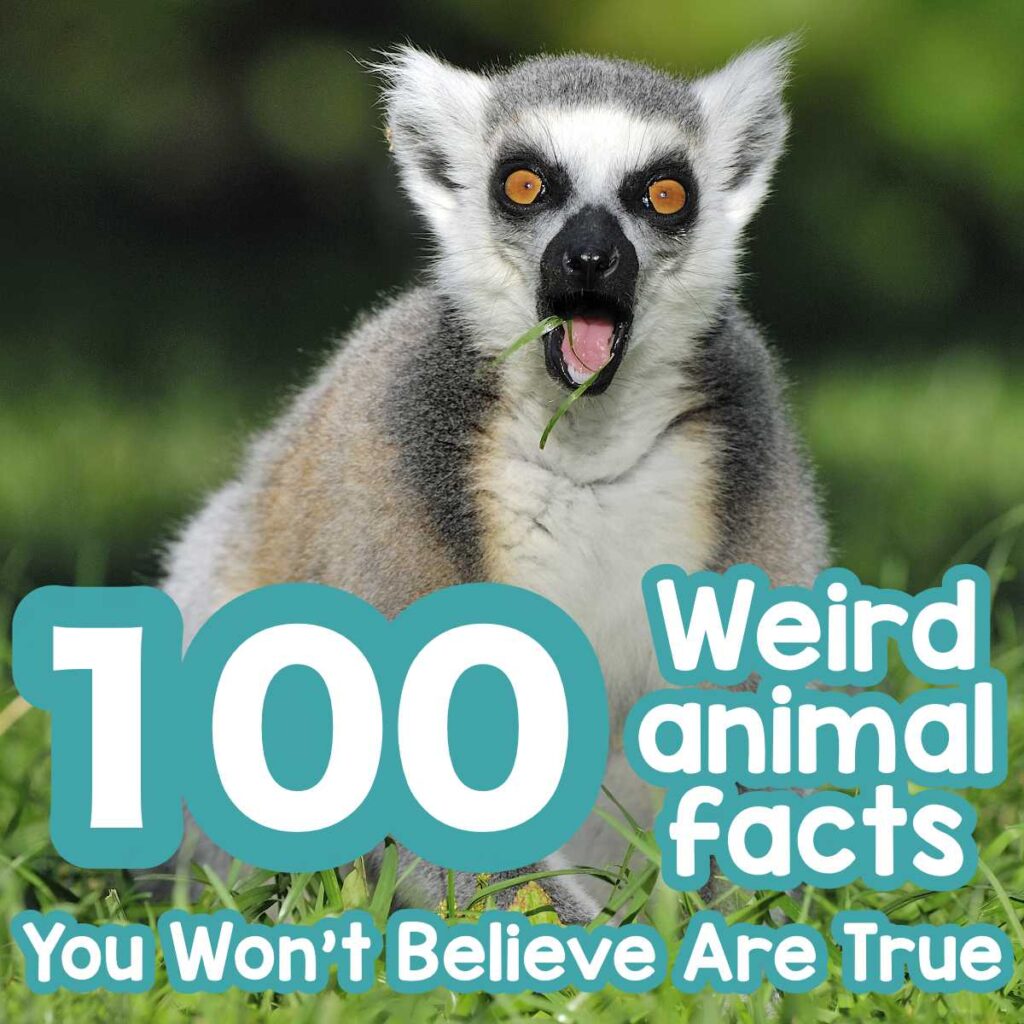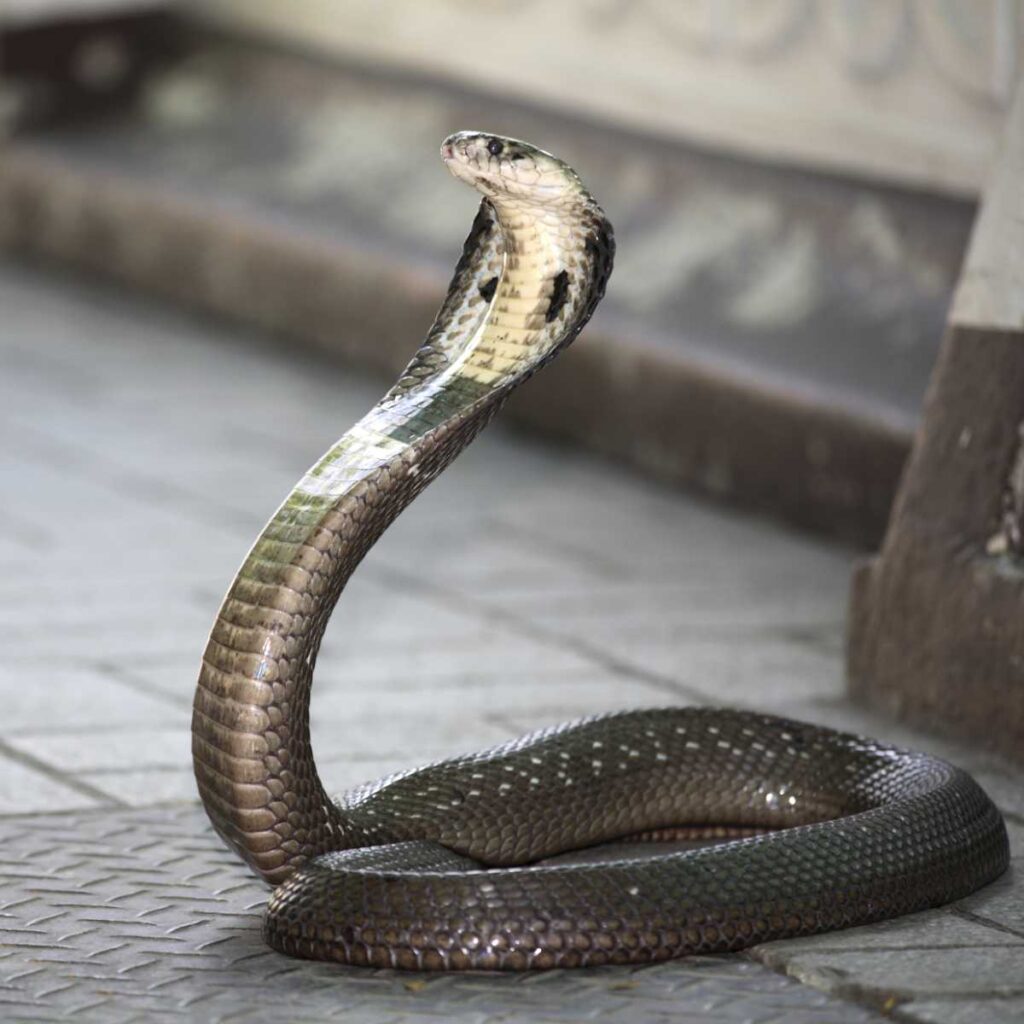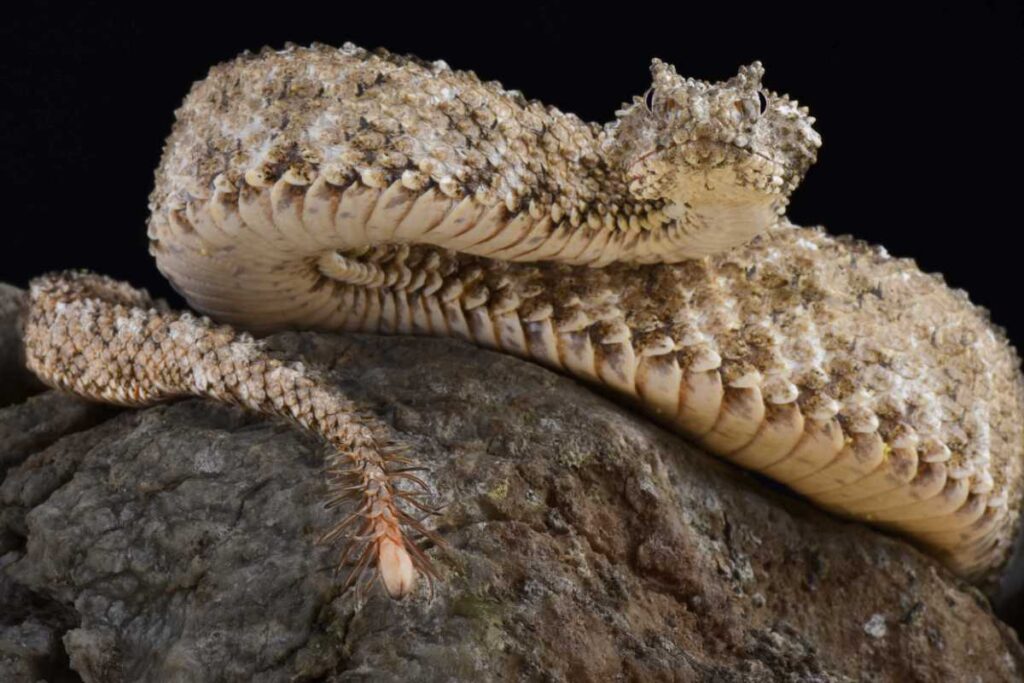Last Reviewed and Updated on July 12, 2022
There are many different types of snakes in the world, some that are deadly and venomous, while there are also some with fascinating abilities. Snakes also have an important place in human culture- they’re often featured in myths and legends, as well as serve an important role in society, especially in medicine. With so many interesting things to say about these fascinating creatures, it’s time to go over some fun facts about snakes.

1. Snakes can’t close their eyes
We’re starting this list of facts about snakes with something we take for granted. Closing our eyes and blinking. Snakes can do neither as they lack eyelids. They can, however, close their retina.
Bonus fact: they have no outer ears either.
2. They can have over 200 teeth
When you think about snakes and their teeth, their impressive fangs usually come to mind. But it’s not just fangs that can be found in a snake’s mouth (venomous snake’s mouths); they have other teeth as well.
Most snakes have about 100 teeth, with some species having more than 200.
Also, remember – all snakes have teeth, but only venomous snakes have fangs.
3. Their teeth regenerate
How cool would it be if humans had this ability? Their teeth regenerate, so even if a snake breaks its fang, it will grow back.
4. A severed head of a snake can still bite you
You should never find yourself in a situation where you are close to a snake’s severed head. Never. But a fact is still a fact, and a severed head can still deliver a bite for quite a while after it was severed. This is one of the most bizarre facts about snakes.

Think this is weird? Be sure to give our list of weirdest animal facts a read.
5. Some snakes lay eggs, and some give live births
It’s common for reptiles to lay eggs, and most do, but some give live births too. Anywhere from 20 to 30% of snake species give live birth.
6. Snakes never stop growing
Their growth does slow down considerably as they age, but they will continue to grow until they die. This is known as indeterminate growth.
7. Some lizards look like snakes
It’s easy to mistake some lizards like glass lizards with snakes. From afar, they are very similar (as they are up close), but there are some notable visual differences. These lizards have eyelids and external ear openings.
8. They live on every continent (and on most islands) except Antarctica
You won’t find snakes roaming wild in Antarctica. But you also won’t find them on some larger islands (as well as many smaller ones). Some larger islands without snakes are Ireland, Iceland, Greenland, some islands of New Zealand, and the Hawaiian archipelago.
9. There are almost 4000 species of snakes
You are probably familiar with your local ones and some of the most famous species, but there are many, many more.
10. Barbados threadsnakes are the smallest, reticulated pythons are the longest
Snakes come in many sizes; the smallest known snake, the Barbados threadsnakes, measure only 3.94 inches / 10 cm on average. On the other hand, reticulated pythons are the world’s longest snake species, measuring up to 21 ft 4 in / 6. 5 meters.
11. Most snakes aren’t venomous
Only about a quarter of snake species are venomous. These snakes use their venom to kill their prey, to help them with the digestion of prey, and as a means, usually last means, of defense.
Snakes without venom don’t have fangs. These snakes either subdue their prey with constriction or, in the case of smaller snakes, by quickly grabbing the prey and eating it alive.
12. Technically, only two snakes are poisonous
Want some linguistic facts about snakes? There is a difference between being poisonous and being venomous. Venomous animals bite to inject their toxins, and poisonous animals deliver their toxins either when something ingests their toxins or if their toxins are inhaled.
Most snakes with toxins are venomous, but there are two exceptions. Rhabdophis and a small population of garter snakes (in Oregon, USA) are poisonous to some small predators. These snakes feed on newts and retain enough toxins from the newts they eat; they can poison predators who eat them.
13. Snakes have a dry, smooth skin texture
Many people have the misconception snakes are slimy, but their skin is dry and smooth.
14. Snakes developed several ways to move
The way snakes move has been divided into four major modes: lateral undulation, sidewinding, concertina, and rectilinear.
And they swim too.
15. In snake charming, the snake responds to the movement of the flute and not the music
Snake charming isn’t something you can often see nowadays; it’s been banned in many places and has been losing popularity. When snake charmers would play the flute, people usually thought the snakes responded to the music, but in fact, the flute’s movement made the snakes move.
16. The inland taipan is considered the most venomous snake in the world
Its venom is by far the most toxic of any snake. What’s more, its venom is specialized for killing warm-blooded animals. One bite could potentially kill over 100 adult humans. Thankfully, this doesn’t make it the most dangerous snake as these snakes aren’t aggressive by nature. They also live in remote locations, so their contact with humans is very limited.
They can be found in central east Australia.
17. King cobra is the largest venomous snake
King cobra isn’t the largest, and it isn’t the deadliest snake, but it is the largest venomous snake.

18. The tail of a rattlesnake is made out of keratin, the same as our nails
Rattlesnakes are one of the coolest snakes; they raise their tails and vibrate their muscles to make their signature sounds. The segments of the tail are pretty much hollow, and as the rattlesnake shakes the tail, these segments collide with each other making the sound.
19. If you have a fear of spiders and snakes, avoid spider-tailed horned viper
Now, if you have arachnophobia (fear of spiders) and ophidiophobia (fear of snakes), you aren’t going to like the spider-tailed horned viper. These snakes have a unique-looking tail, which they use to lure their prey, and as you might have guessed, it looks like a juicy spider.

20. Flying snakes can glide in the air (and they can glide long distances)
Chrysopelea, commonly known as the flying snake, gets its common name for good reason. They can glide in the air better than flying squirrels can. These snakes climb up the trees and move to the end of a branch; when they reach the end, they will propel themselves away from the tree, flatten their bodies to make “pseudo concave wings,” and glide in the air. They have been recorded to glide as far as 330 feet / 100 m.
One of the freakiest facts about snakes for sure. Thankfully, while these snakes are mildly venomous, they aren’t harmful to humans.
21. They have skeletons unlike any other vertebrate
If you compare their skeleton to that of any other vertebrate, even those that resemble snakes, you will see the skeleton of a snake is pretty unique. From the number of ribs and vertebrae and their flexible spine to the fact that they have almost no other skeletal structure.
22. They shed their skin anywhere from 2-12 times per year
Younger snakes shed their skin more often due to their rapid growth.
23. Some snakes don’t have scales all over their body
The majority of snakes have scales, and their scales are very notable. But some can also be scaleless or, to be precise, have fewer scales. A scaleless snake will still have scales on its belly. The lack of scales is caused by a mutation, and this mutation can be seen in most species.
The brightly colored scaleless corn snake is most commonly scaleless and is a popular pet.
24. Snakes smell with their tongue
They don’t smell the way we do, though. Snakes use their tongues to collect chemicals from the air or the ground. They then touch their Jacobson’s organ at the roof of their mouth with their tongue, transferring these chemicals to this organ. Jacobson’s organ helps the snake’s brain make sense of the chemicals it collects with its tongue.
25. Brahminy Blind snakes are all female and reproduce asexually
We’re concluding this list of facts about snakes with this fascinating snake species. There are no male snakes in this species at all.
